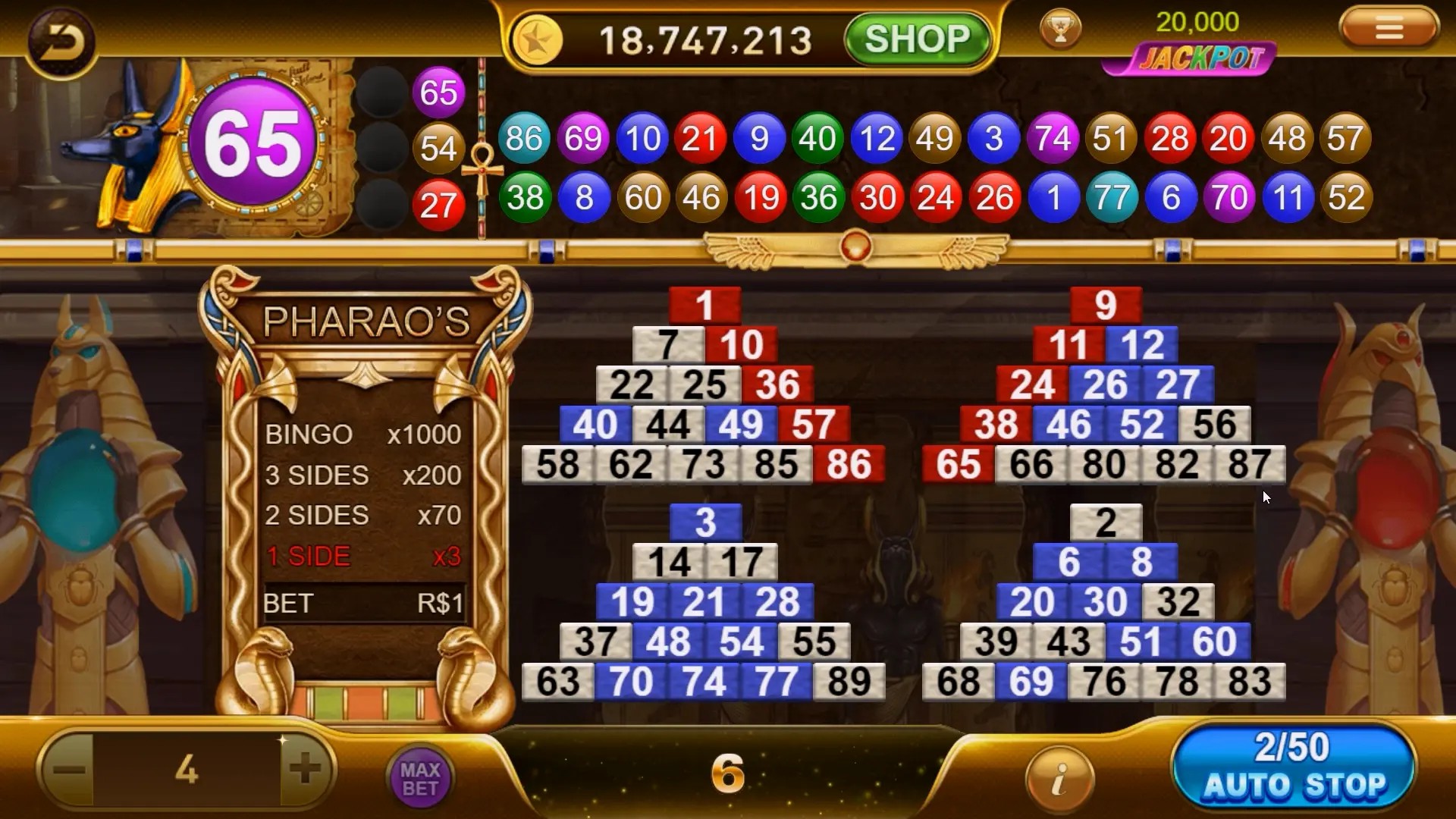Why Real-Time Strategy Games Are the Ultimate Test of Tactical Brilliance
Whether you’re an avid gamer or just a casual player, the world of real-time strategy (RTS) games presents a unique domain where tactical brilliance is not just encouraged but required. As you navigate through intricate maps and engage in diverse combat scenarios, the stakes are high, and a split-second decision can tilt the course of a match. This article delves into the captivating realm of RTS games, examining why they are often considered the ultimate test for strategy enthusiasts.
Defining Real-Time Strategy Games
Real-time strategy games allow players to build, control, and command units in a non-stop environment. Unlike turn-based games, where players have ample time to consider their moves, RTS games require quick thinking and adaptability. Here are some key elements:
- Resource management
- Unit production
- Territorial control
- Real-time combat
The Rise of RTS Games
The origin of RTS games can be traced back to the late 1980s and early 1990s with titles like "Dune II" and "Command & Conquer." These games established the foundational gameplay mechanics that have since evolved. Today, titles like "StarCraft II" and "Age of Empires IV" dominate the genre, captivating players with their depth and complexity.
How RTS Games Foster Tactical Brilliance
RTS games are not just about quick reflexes; they meld strategy with real-time decision-making. Players must constantly adapt their tactics depending on the moves of their opponents. Here’s why:
- Adaptability: Players must change strategies on the fly, responding to an opponent’s decisions almost instantly.
- Planning and foresight: A successful player anticipates enemy moves and plans several steps ahead.
- Resource allocation: Deciding where and how to use resources can make or break a strategy.
The Importance of Map Control
Map control in RTS games is analogous to real-world military strategy. Players must secure key locations on the map to gain a tactical advantage. This means:
- Capturing resource points
- Controlling chokepoints
- Using terrain to your advantage
Character Progression and Xbox One Story Mode Games
While RTS games are often competitive, titles for Xbox One with story modes offer a different flavor. Players can immerse themselves in captivating narratives while enjoying tactical gameplay. Popular titles include “Halo Wars 2” and “Gears Tactics.” The blend of character progression and strategy encourages players to think critically about their moves.
Building a Strong Economy in RTS Games
An essential aspect of RTS games is the economy. Players must create a balance between military might and economic stability. The following structures are crucial:
| Structure | Purpose | Importance |
|---|---|---|
| Resource Collectors | Gather resources | Foundation for growth |
| Barracks | Produce military units | Critical for offense and defense |
| Upgrades | Enhance units and buildings | Essential for staying competitive |
Technology Upgrades and Their Impact
Investing in technological upgrades is vital in RTS games. It provides players with powerful tools and units that can shift the tide of battle. Smart players will prioritize upgrades that complement their strategy. For instance:
- Offensive upgrades enhance attack units.
- Defensive upgrades help improve standing forces.
- Unit mobility allows for better maneuvering during clashes.
The Role of Teamwork in Multiplayer RTS Games
In multiplayer scenarios, teamwork can either make or break a match. Players must communicate effectively and coordinate their strategies. Techniques include:
- Designating roles within the team
- Sharing resources and information
- Launching coordinated attacks
Emotional Engagement and Immersion
RTS games often create an emotional bond between players and their units. The more players invest in their armies, the more rewarding the victory becomes. This emotional investment is crucial for:
- Creating memorable moments
- Encouraging player engagement
- Fostering loyalty to specific franchises
Future of RTS Games
The landscape of gaming is ever-evolving. With advances in technology and graphics, RTS games are set to become more immersive. Features like virtual reality could revolutionize the genre, offering players an unparalleled gaming experience.
Conclusion
Real-time strategy games represent the pinnacle of tactical gameplay, combining quick thinking with complex strategy. As players navigate through resource management, unit production, and territorial control, they engage in a battle of wits that is both exhilarating and challenging. Whether diving into solo campaigns or engaging in competitive multiplayer matches, RTS games ensure that every session is a test of tactical brilliance. Players who invest time in mastering these games come away not only as better strategists but also as more adaptable thinkers in broader contexts.



